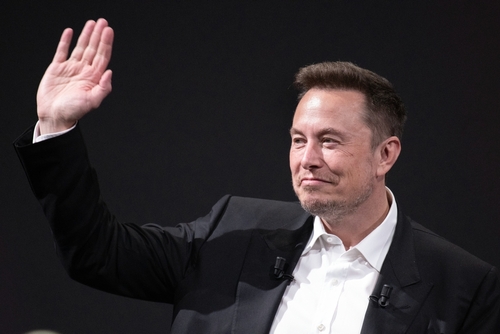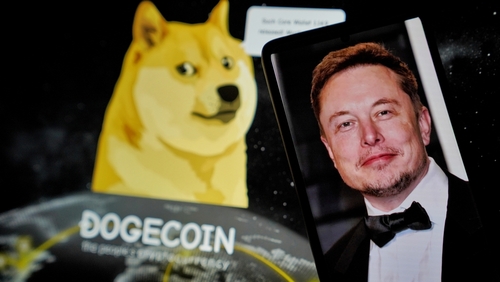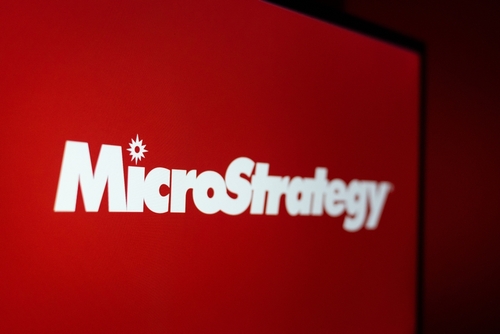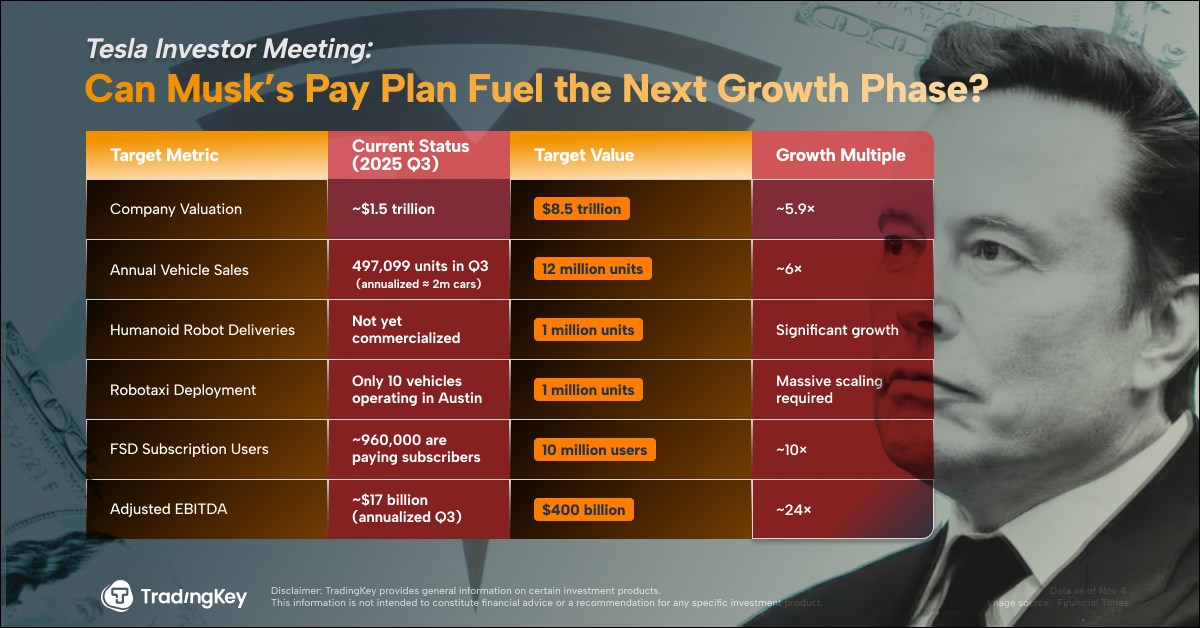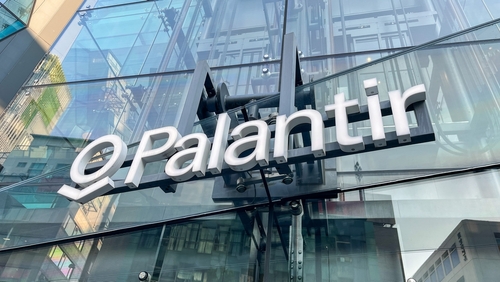BREAKINGVIEWS-India’s virtuous cycle can turn vicious with Trump

By Una Galani and Shritama Bose
NEW DELHI/MUMBAI, Sept 18 (Reuters Breakingviews) - In recent years, India has enjoyed a virtuous cycle. The fast growth and unusual stability of its $4 trillion economy has boosted the country’s confidence and standing in the world. But Donald Trump’s trade war and desire to bring jobs back to the United States could quickly undermine what Prime Minister Narendra Modi has called “India’s moment”.
The U.S. president’s decision to raise tariffs on imports of Indian goods to 50% puts the country at a competitive disadvantage to Asian peers and hurts its manufacturing ambitions. However, given that all overseas shipments generate just 11% of Indian GDP, the economy can absorb the blow. A greater threat is that deteriorating relations with the U.S. impact the country’s IT services industry which has played a leading role in India’s transformation over the past two decades.
Providing services to global companies including JPMorgan JPM.N, Goldman Sachs GS.N and Exxon Mobil XOM.N has created massive wealth, spurred the rise of major cities like Hyderabad and Bengaluru, and created the wall of money that has propelled the stock market, property prices, and the consumption of well-heeled Indians.
The two countries have resumed trade negotiations but New Delhi has limited bargaining chips. India is too poor for Modi to open its market to U.S. agricultural imports or to promise hundreds of billions of dollars of investment in the world’s biggest economy, as Japan has done. Meanwhile, India’s loose grip on supply chains means it cannot follow China’s lead by withholding exports of rare earths or other items.
Policymakers, industrialists and financiers in New Delhi and Mumbai are sympathetic to Modi’s position. They are also hopeful that Washington will quickly soften its stance to avoid pushing the South Asian country into the orbit of the People’s Republic. The alternative is too grim to contemplate.
A FINE BALANCE
Start with tariffs. If the 50% U.S. levy remains in place, it could wipe up to 0.6% off India’s GDP growth in the current financial year to the end of March, says V. Anantha Nageswaran, the nation’s chief economic adviser. Deduct this figure from the lower end of official forecasts and growth would shrink to 5.7%.
That’s unwelcome, but manageable. The tariff applies to only 13% of the $437 billion goods India shipped overseas last year, because pharmaceutical products and electronic items like Apple AAPL.O iPhones are exempt. Even so, Trump’s levy would lead to significant job losses because it makes goods from employment-intensive sectors like auto parts, gems, jewellery, and textiles unviable for export to the U.S.
A lower growth rate would leave India short of the minimum 6% annual pace New Delhi was targeting for the next decade, and well short of its potential of 8% or more. However, India could retain its status as the world’s fastest-growing large economy, ahead of China.
An attack on India’s services industry would be more severe. A sharp reduction of IT exports could lead to rocketing inflation and trigger a currency crisis because of the crucial balancing effect services exports have on India’s finances.
Services are an obvious if complicated target. Firms led by Tata Consultancy Services TCS.NS, Infosys INFY.NS and Wipro WIPR.NS generate up to 60% of their revenue from North America. Meanwhile, one in five Fortune 2000 companies have global centres in India.
Many multinational firms rely on Indians to handle their finance processes and deal with customer complaints. Though these hubs have evolved to include product engineering and innovation centres, including for artificial intelligence, the industry’s appeal remains rooted in its relatively low employment costs.
India’s services exports have grown at double the rate of the rest of the world between 2005 and 2023. Of the $341 billion India earned providing overseas services in the year ending March 2024, at least 30% or $103 billion came from the United States. That’s twice the value of goods exports targeted by Trump.
This model is now under attack from U.S. politicians eager to bring jobs back home. One symptom of the backlash is The Halting International Relocation of Employment Act, also known as the Hire Act, introduced this month by Ohio Senator Bernie Moreno. It proposes a 25% tax on outsourcing payments, defined as any money paid by a U.S. company or taxpayer to a foreign person whose work benefits U.S. consumers.
It’s unclear whether Trump supports the bill, and similar legislation has previously failed to win backing in Congress. But so long as Washington pursues an “America First” agenda, such threats will continue.
Reversing decades of outsourcing of services jobs would not be easy. A sudden move would leave global companies unable to file their accounts and support clients. Even a gradual shift could be fraught. The sheer number of English-speaking and numerically skilled workers in India cannot be found elsewhere.
Nevertheless, any sustained threat could be devastating, especially if AI also squeezes back-office headcounts. The crux of India’s recent economic stability is that it sells more services overseas than it buys from OpenAI, Perplexity, Alphabet’s GOOGL.O Google, and others. This helps contain the “twin deficits” in the country’s current account - a measure of its imports and exports – and in the government’s fiscal account.
Keeping a lid on these shortfalls prevents the rupee from depreciating too fast, curbs energy import costs, tames domestic inflation and reduces the need for politicians to spend borrowed money to support the large swathes of poor among the country’s 1.4 billion inhabitants. It has also helped to shrink the risk premium global investors assign to India.
When the twin deficits expand, India suffers. It experienced a sharp rupee depreciation and significant capital outflows during the 2013 “taper tantrum” when the U.S. Federal Reserve slowed down its bond purchases.
Modi has ways to offset the damage. His administration is doubling down on efforts to strike free trade agreements, including with the European Union. It is also waving through reforms to spur consumption and cut red tape. However, these steps are insufficient to replace lost American exports or truly unshackle Indian businesses.
Trump’s tariff war has shown the U.S. president is willing to inflict economic pain on his own country to try and achieve his aims. The risk for India is that what was a virtuous cycle for its economy turns into a vicious one.
Follow Una Galani on LinkedIn and X.
Follow Shritama Bose on LinkedIn and X.





